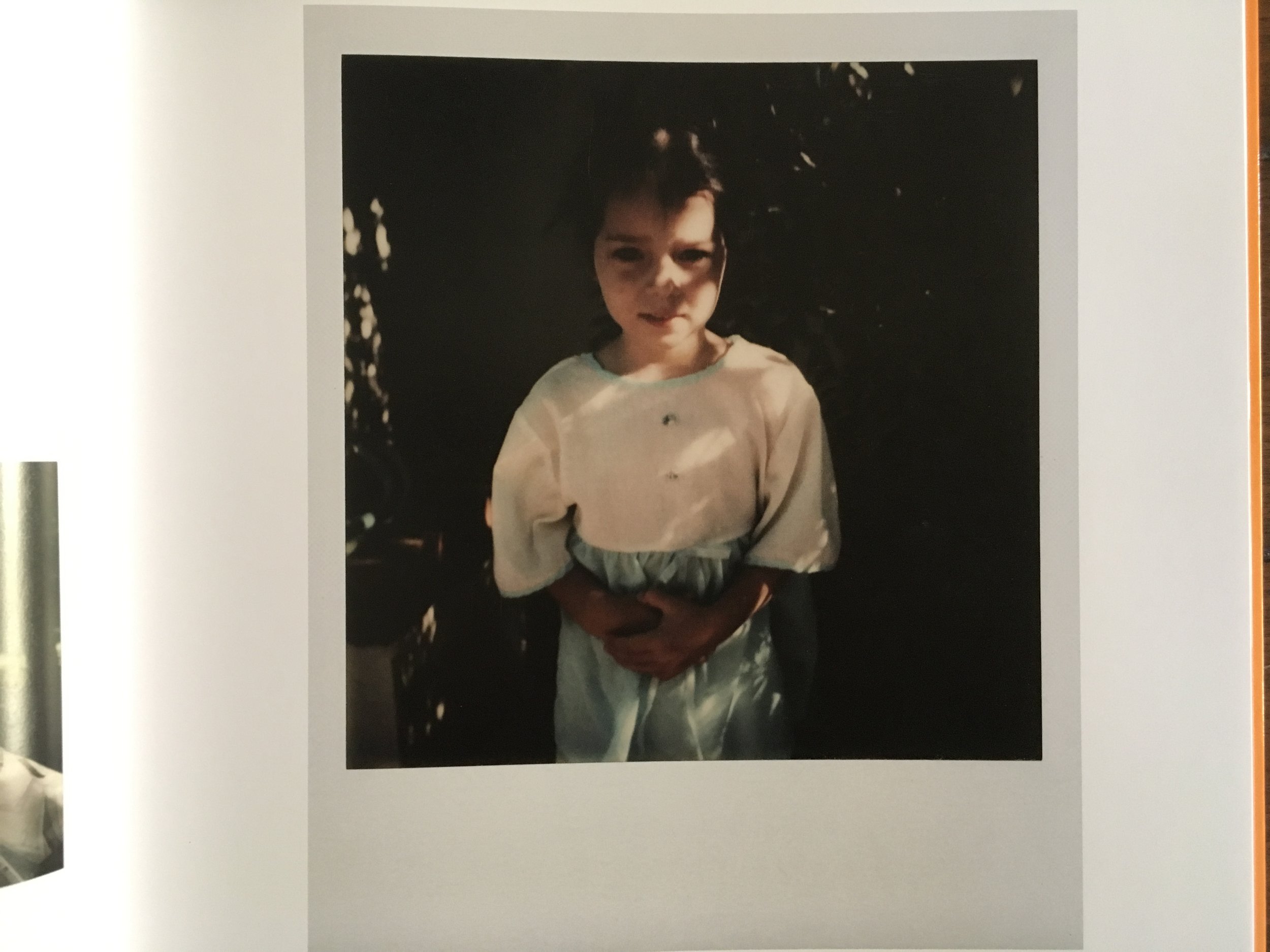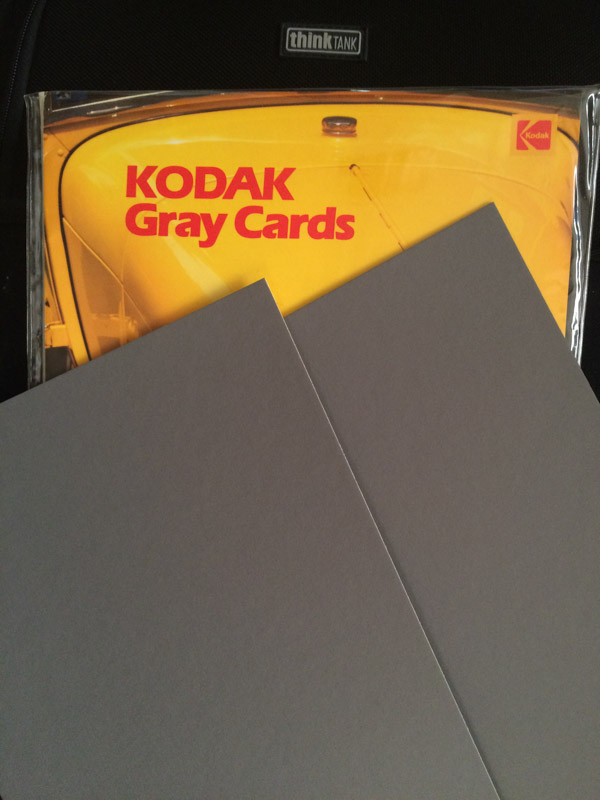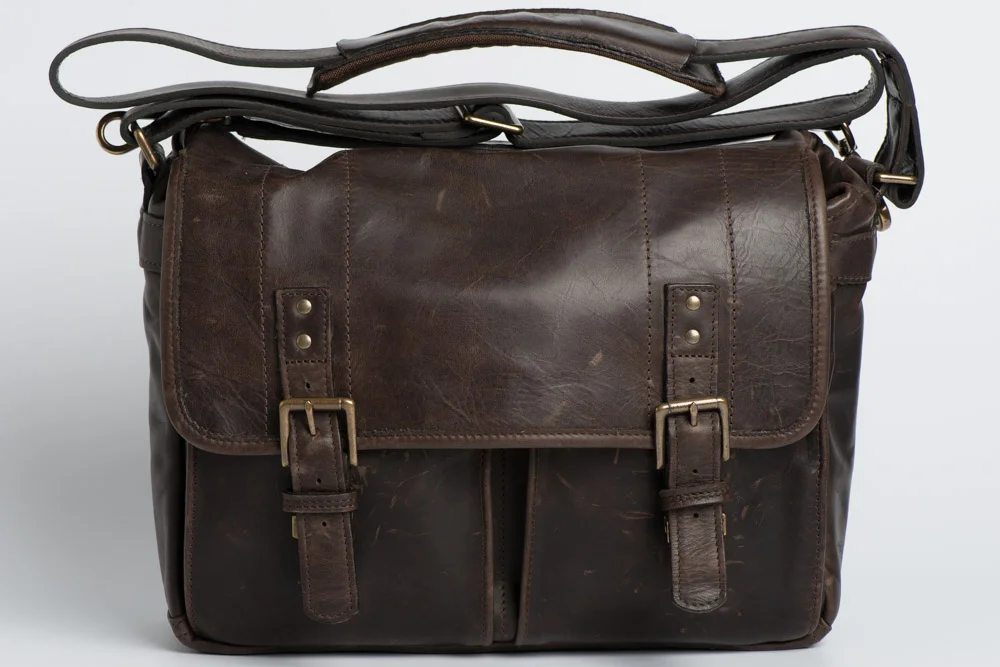Here's my Photography Workstation
Photography Workstation
The most common question I get after what camera do you use is what is your computer setup. I have been a Mac user since 1986. At first I used a company owned Mac but it was used for graphics and page layout. I have personally owned Apples since 1999. When I went to work as a government contractor we used IBM clones for about a year and then switched to the Power Macintosh 8500. That was a long time ago. The government upgraded us. To various Mac’s over the years until the government IT department switched to PC’s about a year before I left. The Mac has been my choice for my personal computer all of these years.
Currently my workstation is a 27 inch iMac. Lots of RAM and a terabyte hard drive, nothing fancy. After using whatever was on sale for my external drives I have standardized on G-Technology hard drives. I am pleased with their performance and reliability. I use them for backup and storage. I have a 8tb thunderbolt raid drive as my main working drive and two drives for redundant storage. A 4tb USB drive handles the Time Machine duties.
I am on my 3rd Wacom tablet. The medium tablet is just right for my use. I am more comfortable with a tablet than a mouse. I use the pen even when I don't need pressure sensitivity.
Since you can't be a photographer these days without also shooting video I have a nice set of audio monitors. They are Mackie HR-824 mkII speakers. I just love the sound from these speakers. The are so flat and clean sounding. The only other brand that I considered were Genelec speakers but they are quite a bit more expensive and I had used Mackies on a recording session and just fell in love with them. They are really sweet.
Everyone has there little dorky product that they can't live without and mine is a product called a Page-Up. It is a small plastic piece that has a narrow slit in it for holding sheets of paper upright on your desk. They are great for referring to shot lists or editing notes while working. They are about $10 at Amazon.
I am a big fan of X-Rite color calibrators and ColorChecker passport. I use mine all of the time and they are so easy to use. Get one now, the will make your work so much better.
As far as software goes I use what pretty much what everyone else uses. I use Capture One Pro for image capture. Lightroom CC for organization and simple editing and Photoshop CC for serious edits. For video editing I use Final Cut Pro and DaVinci Resolve for editing. Of course Protools for audio editing.
For all of my writing needs I use Scrivener by Literature and Latte. It is just a perfect program. I use it both on my Mac and iPad and sync with Dropbox. I would like to be a writer just so I could use this program all day it is that nice.
Final Word.
Now just a comment on workstation placement. I see so many photos on the internet of people working with their monitor in front of a window. Please move your monitor now. Having that light coming from behind your monitor is terrible for color correction. Just a friendly piece of advice.

















































































